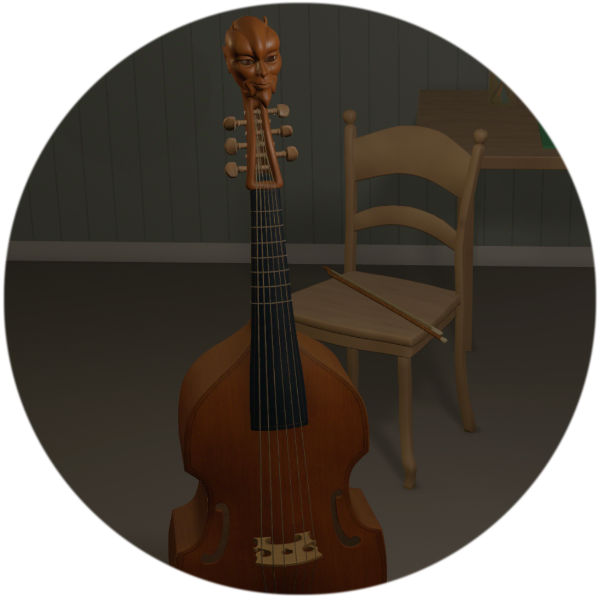The viola da gamba is a bowed string instrument that was loved in the courts, churches, and homes in Europe during the sixteenth to eighteenth centuries. Its ancestor appeared in Spain and Portugal in the early 15th century.
The instrument spread from Spain to Italy. In the late 15th century the viola da gamba evolved into the form as it is today, became very popular throughout Italy and spread to France, Germany and England.
Like all instruments of the Renaissance, the viola da gamba came in various sizes, treble, alto, small tenor, tenor, and bass, corresponding to the different ranges of the human voice. All of them are held between the legs. The word "gamba" means leg in Italian, which is why the instrument came to be called the viola da gamba.
The viola da gamba is played with a bow. The bow consists of a convex wooden stick strung with horsehair. It is held with an underhand grip, drawing the horsehair across the strings. The sound is very soft and smooth due to the grip, the convex shape of the bow as well as the gut strings.
The lack of large sound caused the viola da gamba's decline and eventual eclipse because it was not suitable for the music of the Classical or Romantic periods.
At the end of the nineteenth century because of renewed interest in Renaissance and baroque music the Viola da Gamba regained its popularity. They became also popular because of their decorative, visually pleasing form and antique value. Many ended up in collections but unfortunately also in hardly visited rooms or even cellars and attics.
hide


